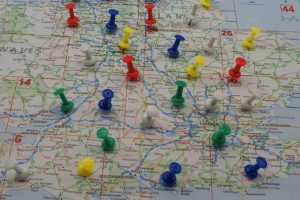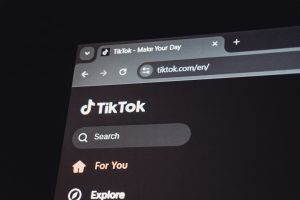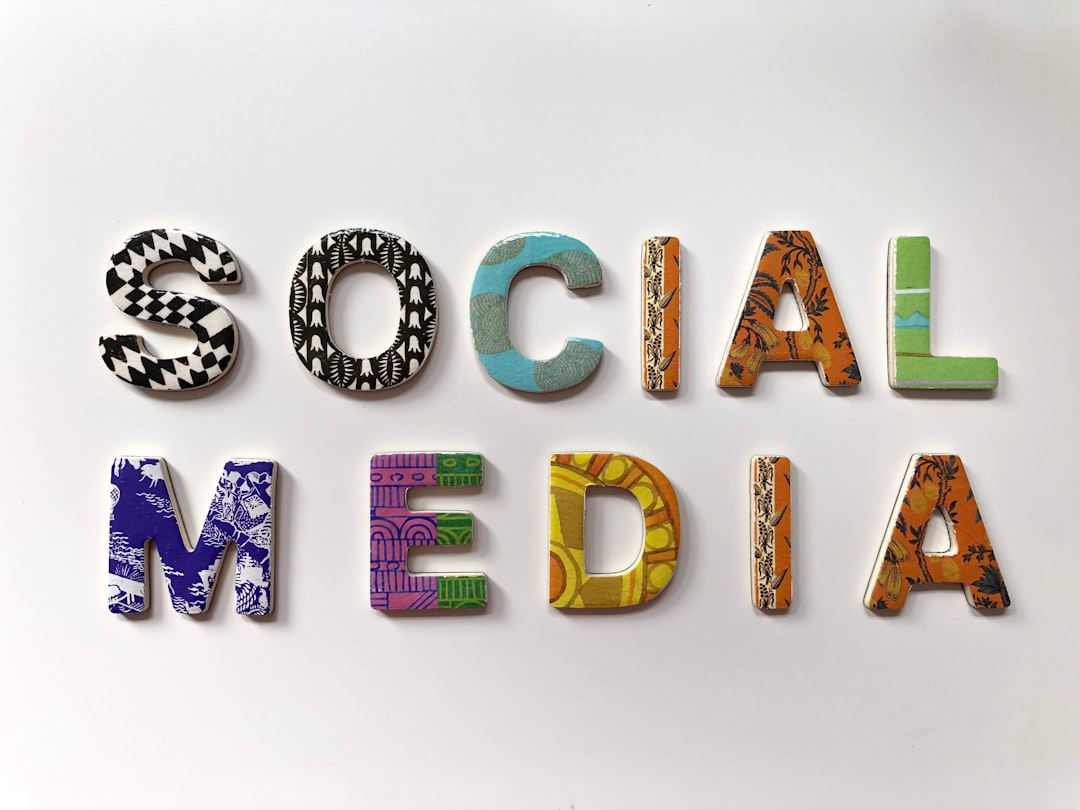
In the digital age, the boundaries between original and copied content are becoming increasingly blurred. Social media platforms, where users share thoughts, images, and ideas in real-time, present new challenges for academic institutions, publishers, and developers of plagiarism detection software. The question arises: How do plagiarism detectors handle content originating from social media?
Plagiarism detection tools are primarily designed to compare submitted text against a massive database of sources, including academic journals, books, websites, and more recently, posts from platforms like Twitter, Reddit, and Facebook. However, the dynamic and informal nature of social media content complicates the detection process. Here’s a detailed look at how these tools operate in this new landscape and the limitations they still face.
The Mechanism of Plagiarism Detection
Before diving into social media specifically, it’s helpful to understand the basic operation of plagiarism detection systems. These tools use algorithms to scan submitted texts and match phrases or sequences of words against databases of pre-existing content. The detection process generally includes:
- Text normalization: Stripping formatting and converting text to a uniform format.
- String matching: Identifying replicated phrases or sentence patterns.
- Source attribution: Flagging the original public source of matched text.
- Paraphrase recognition: Using AI to detect ideas that have been subtly reworded.
Social media posts are starting to be included in these databases, but not comprehensively. Content availability, legal restrictions, and the ephemeral nature of many social media interactions all contribute to the complexity.
Inclusion of Social Media in Detection Algorithms
Some advanced detection systems have started integrating data scraped from public social media platforms. Twitter and Reddit, where large portions of the content are public and searchable, are more accessible to these services. Detection software can index this content in various ways:
- Web crawling of public accounts and hashtags.
- API integration with platforms that allow open data access like Reddit.
- Archived pages from social discovery tools and digital libraries.
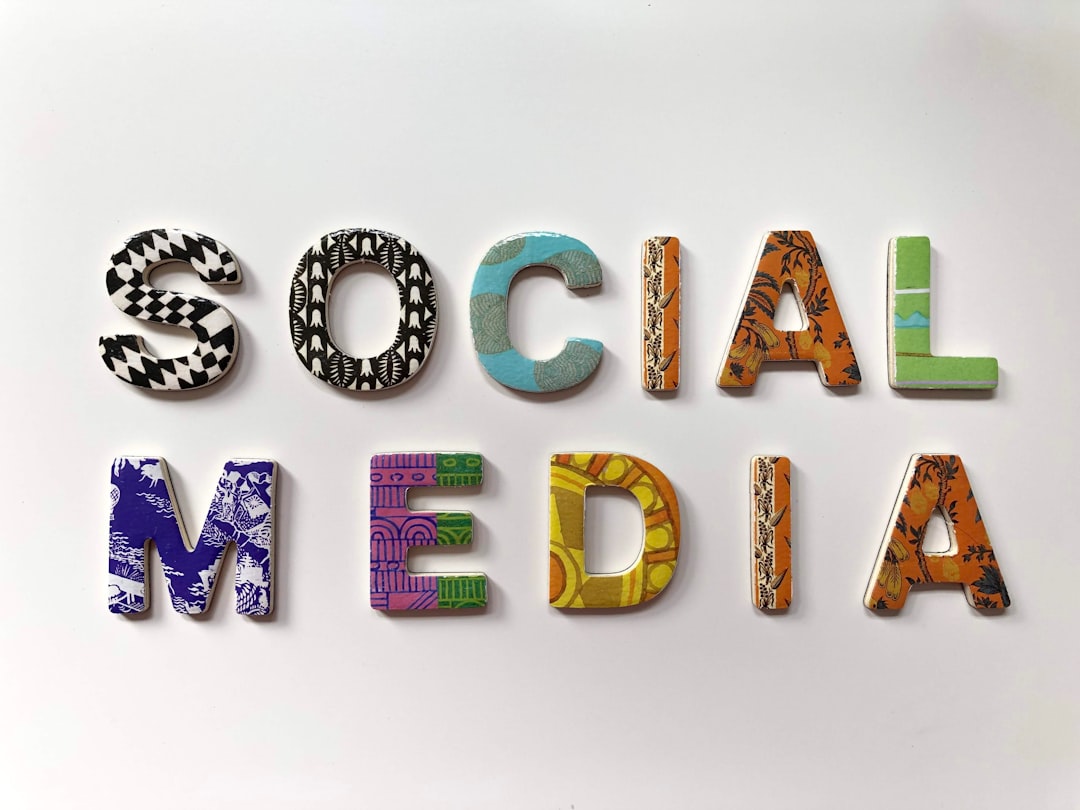
However, platforms such as Facebook or Instagram pose a greater difficulty due to their privacy settings and content formats, such as images with embedded text. Many social media posts are also deleted or modified shortly after being posted, further complicating tracking efforts.
Challenges Faced in Detecting Social Media Content
Despite technological advancements, the integration of social media content into plagiarism detection faces several serious obstacles:
- Access limitations: Many social media posts are private or semi-private, making lawful data scraping nearly impossible.
- Character constraints: Short-form content may not offer enough context for plagiarism detection to trigger alerts.
- High volume and volatility: Billions of new posts are made daily, and many are edited or deleted swiftly.
- Multimedia formats: Memes, videos, and images containing text fall outside traditional scanning capabilities.
Plagiarism detection tools also struggle with quoted or paraphrased content being passed off as original. For example, a clever tweet from years ago might resurface in an essay or article without proper attribution. Unless the detection service has indexed that specific tweet or post, it may not catch the reproduction.
The Role of AI and Natural Language Processing
One area where detection tools have seen improvement is through the integration of artificial intelligence and natural language processing (NLP). These technologies allow software to understand context, detect paraphrasing, and even analyze semantic similarity across different pieces of content.
AI-assisted tools can scan a student’s submission or a journalist’s article and recognize you’ve lifted sentiments, arguments, or structures from a social media post, even if the wording has been changed.
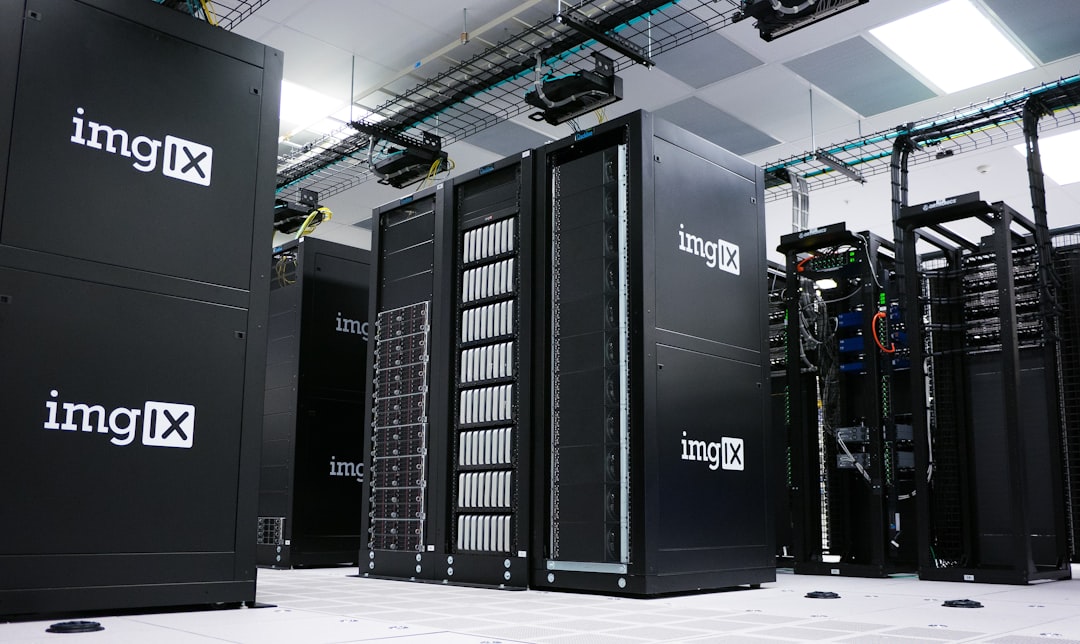
Still, these AI systems require immense processing power and need large, updated datasets to be most effective. Not all tools have the resources to maintain or access such databases—especially for ever-changing and platform-specific content such as social media.
Ethical and Legal Considerations
Incorporating social media content into plagiarism detection also raises ethical and legal concerns. Just because a post is public does not always mean it can be freely harvested and stored. Laws such as the General Data Protection Regulation (GDPR) in the EU place strict limitations on data collection, especially personal content. Additionally, platforms often restrict scraping through their terms of service.
Institutions and developers must balance the need for comprehensive detection with respect for privacy and digital rights. This often means focusing on content that is openly accessible and has been cached by search engines or web archives.
Conclusion
As digital communication evolves, so must the tools designed to ensure originality and academic integrity. While current plagiarism detectors are improving in their ability to capture social media-derived content, gaps remain due to accessibility, legal considerations, and technical limitations.
Understanding these limitations is crucial for educators, researchers, and anyone who relies on such tools to verify authenticity. The future likely holds more robust integration between real-time content platforms and detection services, but until then, a cautious and informed approach is essential.



